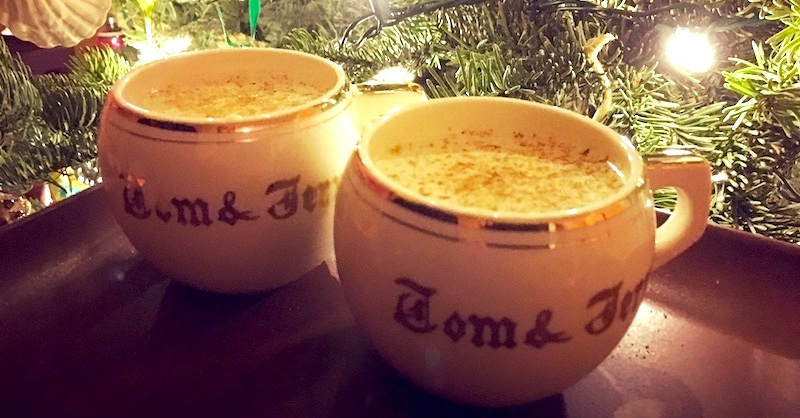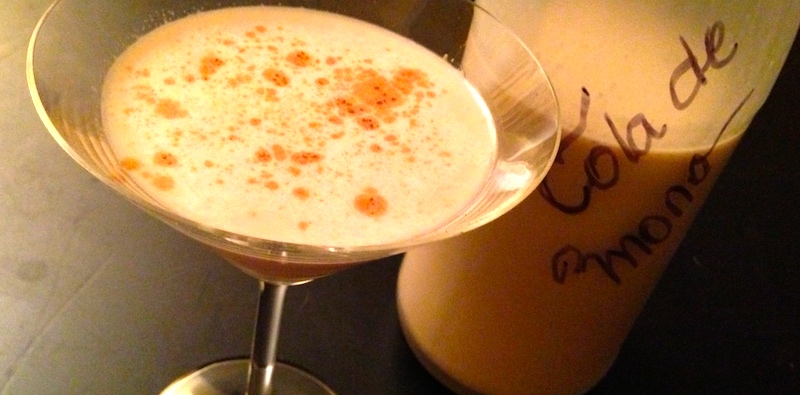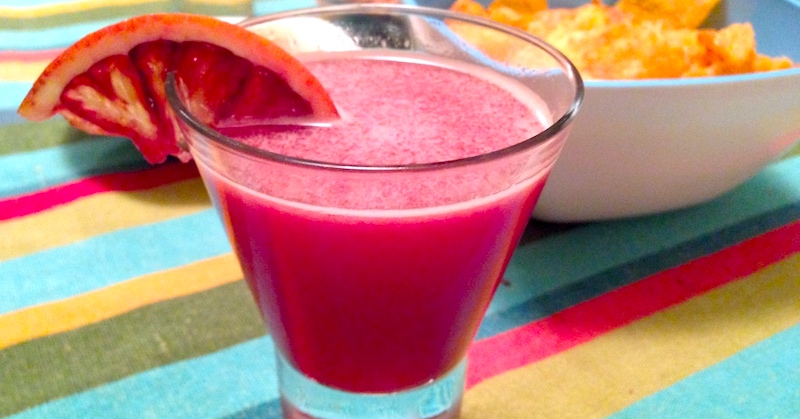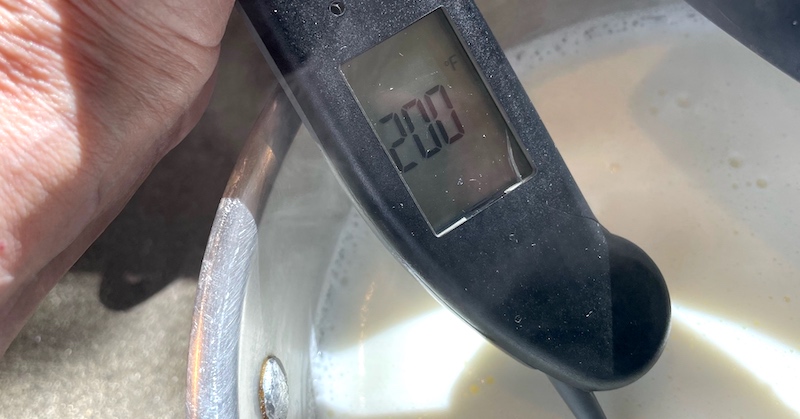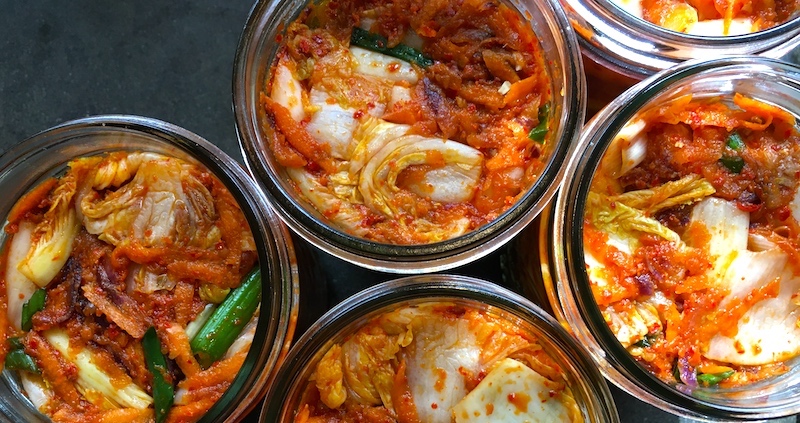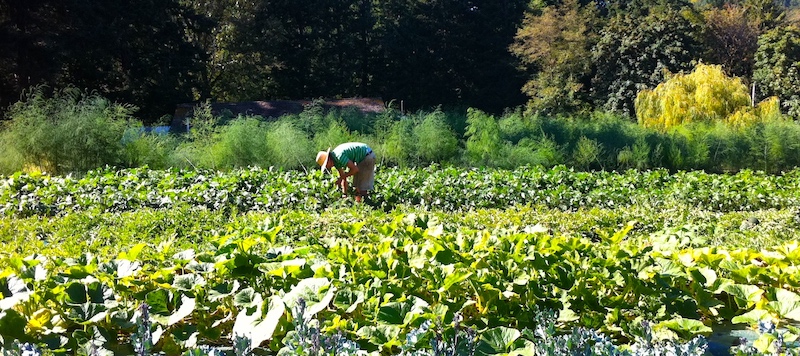
Legislative Report: Take Action to Support Our Community Food System
Believe it or not, we're a bit more than halfway through the 2025 session of the Oregon Legislature, which means it's make-or-break time for legislation to get out of committees and onto the floor for a vote. To make it that far, proposed legislation is required to have both a hearing and a work session, then get passed out of committee.
That's where you come in.
There are a few bills affecting our community food system that need your help to make it out of committee, and input from regular folks who rely on small farmers to feed their families—whether shopping at farmstands, farmers' markets or subscribing to a CSA—is critical. Check the Action Items listed under each bill and click on the link provided!
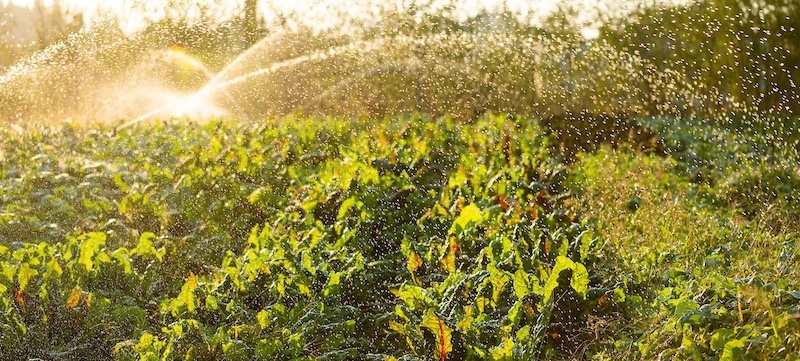 Small Farm Water Access (HB 3372). Also called the Commercial Garden Bill, this legislation would allow people to sell food and farm products grown using water from domestic wells as long as the garden is one-half acre or less and with a daily gallon limit.
Small Farm Water Access (HB 3372). Also called the Commercial Garden Bill, this legislation would allow people to sell food and farm products grown using water from domestic wells as long as the garden is one-half acre or less and with a daily gallon limit.
This is needed because over the past year, the Oregon Water Resources Department (OWRD) began enforcing a 70-year-old technicality in the existing "domestic exempt well statute," which specifies that watering lawns and gardens is only allowed if the lawn or garden is noncommercial.
If food is being grown, it should never go to waste. It should go to feeding our neighbors and communities. If you can legally grow vegetables, fruits or flowers for your family using a domestic well, you should be allowed to sell those products to your community—but with ethical, reasonable limits that respect our water crisis.
TAKE ACTION: Click here to submit testimony to the committee using the template provided and add your own words to make sure that lawmakers know how this will impact you as a farmer, local food customer, or food business owner.
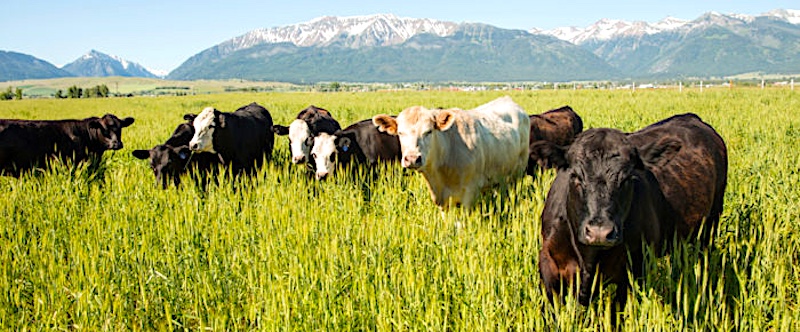 State Meat Inspection (HB 2164). This bill would provide funding for two meat inspector positions in the Oregon Department of Agriculture (ODA). It's needed because in 2021, Oregon established the State Meat Inspection Program through the ODA to help bolster our local meat processing capacity—diverting more than 80 percent of meat production profits back into Oregon’s economy and away from out-of-state shippers, retailers and federal processing facilities.
State Meat Inspection (HB 2164). This bill would provide funding for two meat inspector positions in the Oregon Department of Agriculture (ODA). It's needed because in 2021, Oregon established the State Meat Inspection Program through the ODA to help bolster our local meat processing capacity—diverting more than 80 percent of meat production profits back into Oregon’s economy and away from out-of-state shippers, retailers and federal processing facilities.
This program has been instrumental in helping farmers and ranchers provide inspected meat products to consumers that meet the same regulatory safeguards that the USDA requires, but on a local scale. Unfortunately when Oregon invested in meat processing facilities, it failed to invest in accompanying staff capacity to keep up with the expanding infrastructure, especially in rural areas where the inspection backlog is continuously growing.
Right now, the Federal Farm Bill offers a 50 percent federal match for state-funded inspectors—meaning that for every two State Meat Inspectors Oregon invests in, a third inspector is covered by federal matching funds. We can’t leave these critical dollars on the table.
TAKE ACTION: Click here to sign a petition for these two meat inspector positions and begin pulling in federal dollars for more inspectors in the future.
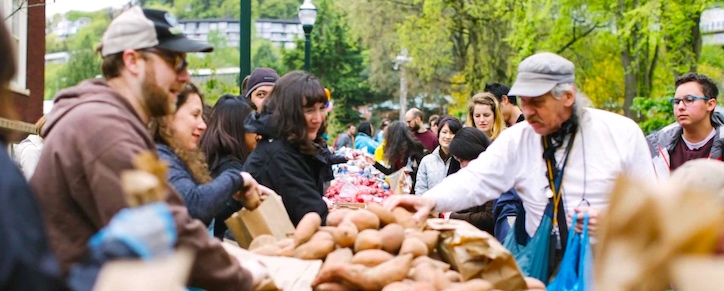 Food for All Oregonians (SB611). This bill envisions an Oregon where all people have access to food no matter where we were born. The Food for All Oregonians program in the Department of Human Services (DHS) will make food assistance available to youths and elder Oregonians who currently meet all qualifications for food assistance but are excluded solely due to immigration status. It will help families pay for groceries in a way that mimics the federal SNAP (food stamp) food assistance benefits.
Food for All Oregonians (SB611). This bill envisions an Oregon where all people have access to food no matter where we were born. The Food for All Oregonians program in the Department of Human Services (DHS) will make food assistance available to youths and elder Oregonians who currently meet all qualifications for food assistance but are excluded solely due to immigration status. It will help families pay for groceries in a way that mimics the federal SNAP (food stamp) food assistance benefits.
TAKE ACTION: Click here to sign a petition to help the thousands of Oregonians who face hunger daily simply because of where they were born. Urge your elected lawmakers to pass Food for All Oregonians in 2025.
 Groundwater Management Areas (SB 80 and SB 1154). These two bills come together to address the groundwater crises in the three federally designated Groundwater Management Areas (GWMA) around the state. Industrial-scale animal agriculture and the fields surrounding these factory farms where their manure is applied are documented contributors to nitrate contamination and known sources of pollutants in these sensitive groundwater areas, endangering the health of nearby communities and the environment. (More information here.)
Groundwater Management Areas (SB 80 and SB 1154). These two bills come together to address the groundwater crises in the three federally designated Groundwater Management Areas (GWMA) around the state. Industrial-scale animal agriculture and the fields surrounding these factory farms where their manure is applied are documented contributors to nitrate contamination and known sources of pollutants in these sensitive groundwater areas, endangering the health of nearby communities and the environment. (More information here.)
Oregon needs to establish common-sense guardrails for these contaminated areas, which are already the most sensitive sites in our state and need extra precautions for their protection. That means that some activities (both agricultural and industrial) just aren’t appropriate for those areas.
TAKE ACTION: Click here to submit your testimony as an Oregonian who cares about the safety of our local food system, the health of our local communities and the health of the environment we all share.
 Farm to School Program (SB 5502 and SB 5515). The Farm to School Grant Program (SB 5515) is a suite of funding programs that supports the purchase of Oregon foods for schools and early childcare education centers, funds hands-on farm and garden educational programs, and funds technical assistance and training for the farm-to-school community.
Farm to School Program (SB 5502 and SB 5515). The Farm to School Grant Program (SB 5515) is a suite of funding programs that supports the purchase of Oregon foods for schools and early childcare education centers, funds hands-on farm and garden educational programs, and funds technical assistance and training for the farm-to-school community.
The Farm to School Producer Equipment and Infrastructure Grant Program (SB5502) is managed by the ODA. Grant funding supports producers and processors to overcome barriers to sell to schools, child care centers, and summer meal sites by providing financial assistance for the purchase of equipment and infrastructure necessary to scale into these markets.
TAKE ACTION: Let your legislator know you support these two Farm to School bills by e-mailing them from the link.
Thanks to Friends of Family Farmers and the Oregon Food Bank for contributing much of the information in this report.

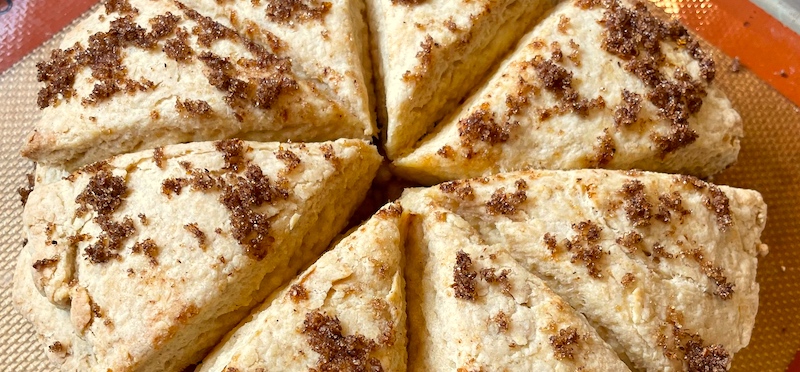 The journey of these scones started with a Genevieve Ko recipe in the New York Times for a favorite she'd had from an Alabama restaurant that they called orange rolls. What caught Dave's eye was that these didn't require yeast, multiple risings or refrigerating overnight, the better to put together for our usual late-morning breakfast. Describing them as "pretty okay" after a test run, Dave mused that it might be possible to rework them as scones, both to save time and get around the hassle of rolling out the dough, spreading the filling, rolling up the dough and slicing them—especially if you haven't had enough coffee yet.
The journey of these scones started with a Genevieve Ko recipe in the New York Times for a favorite she'd had from an Alabama restaurant that they called orange rolls. What caught Dave's eye was that these didn't require yeast, multiple risings or refrigerating overnight, the better to put together for our usual late-morning breakfast. Describing them as "pretty okay" after a test run, Dave mused that it might be possible to rework them as scones, both to save time and get around the hassle of rolling out the dough, spreading the filling, rolling up the dough and slicing them—especially if you haven't had enough coffee yet.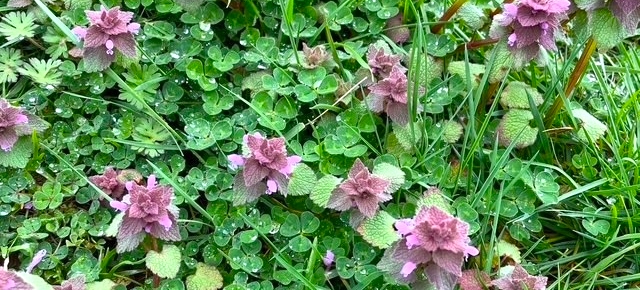
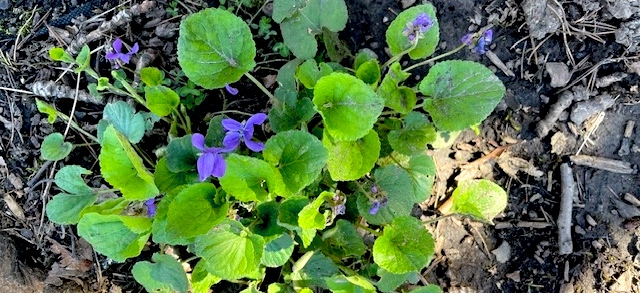
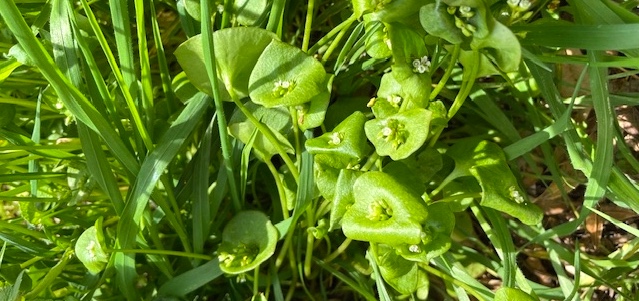
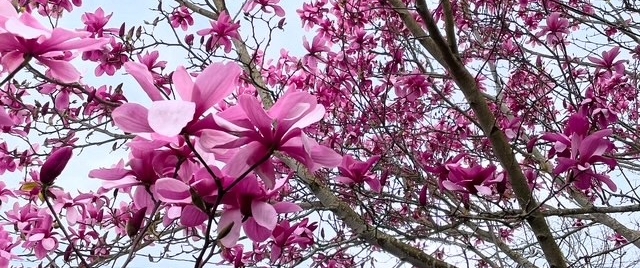
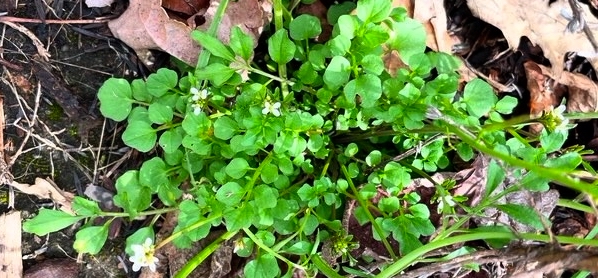
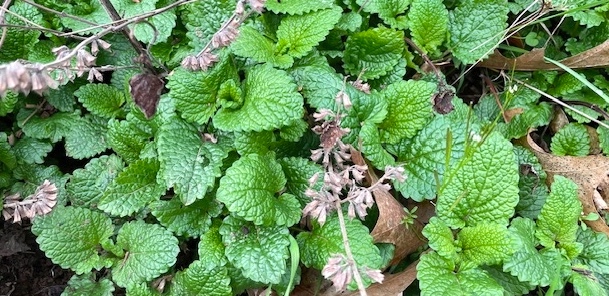
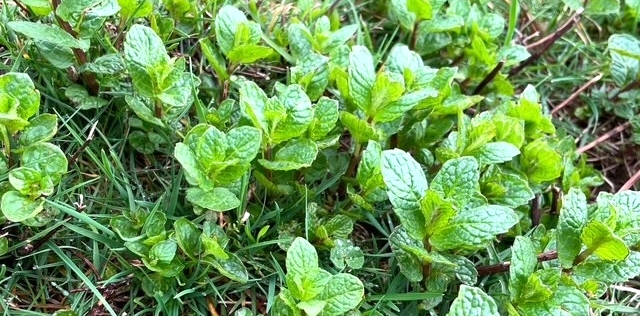
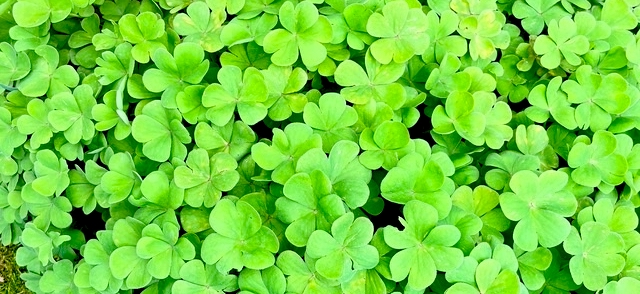

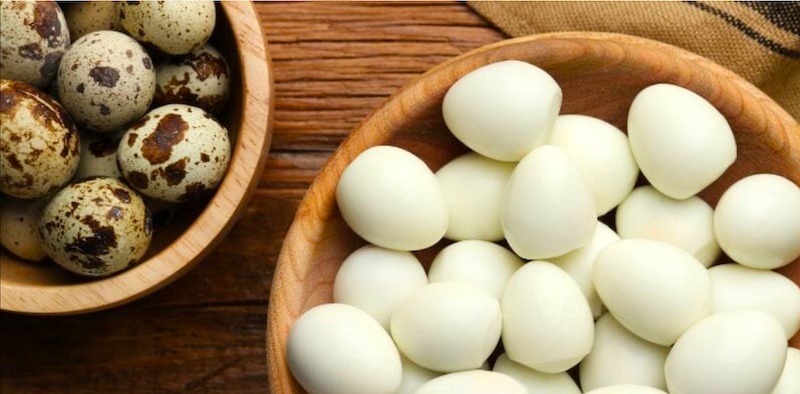
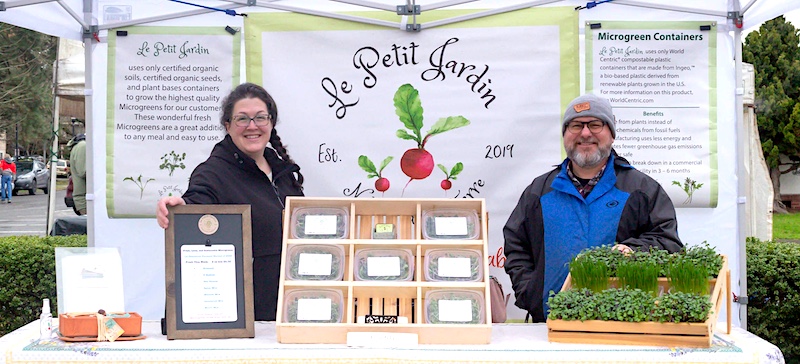
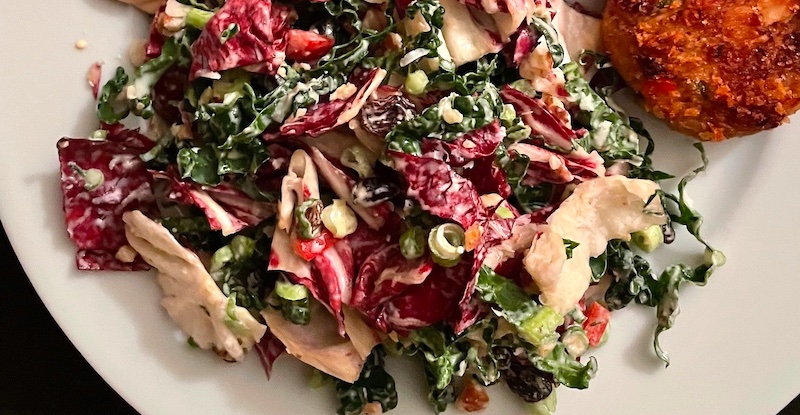
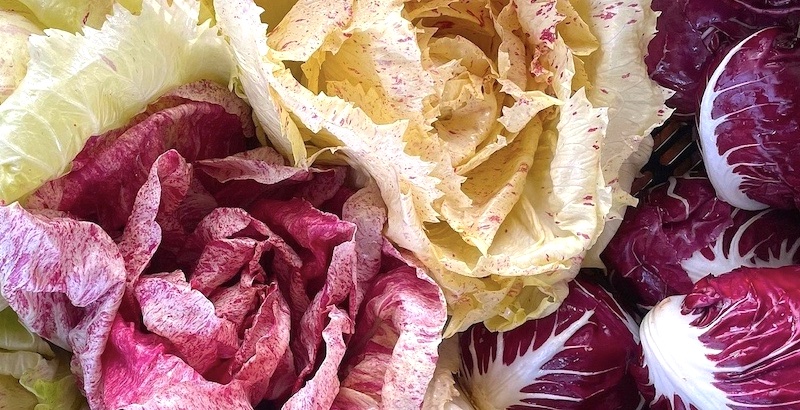
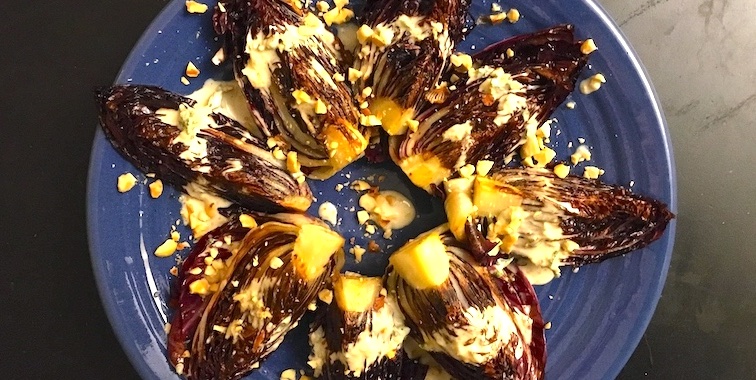
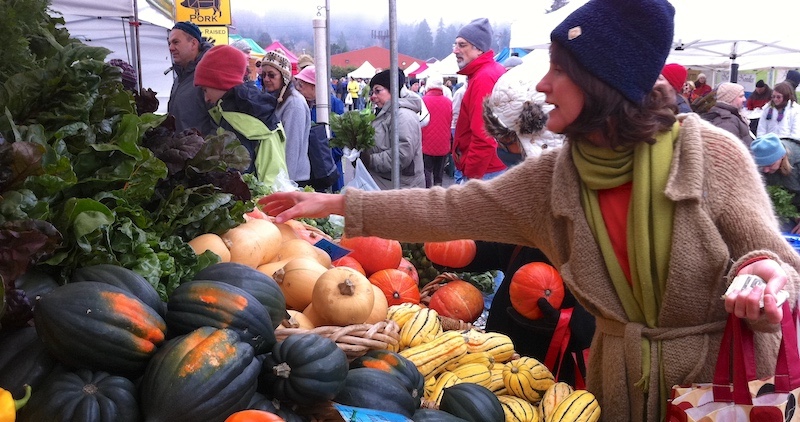
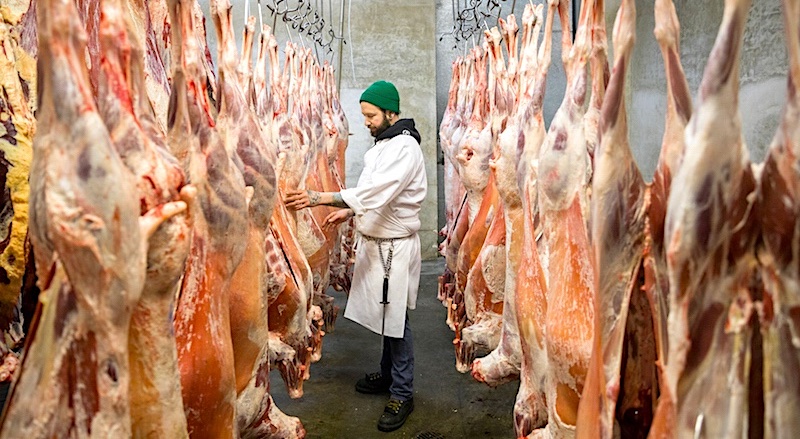
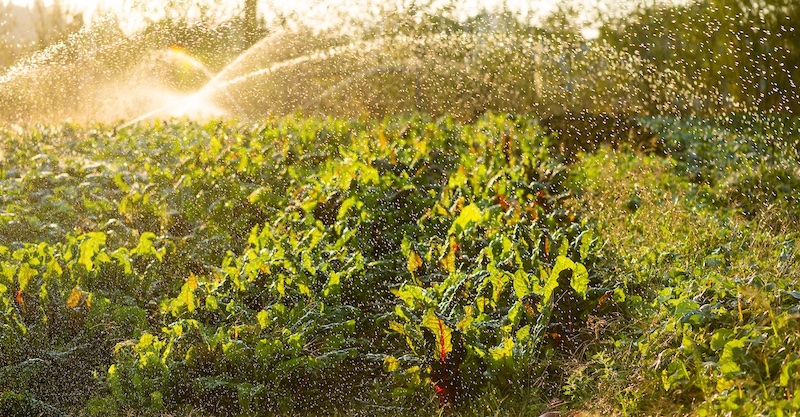 Small Farm Water Access
Small Farm Water Access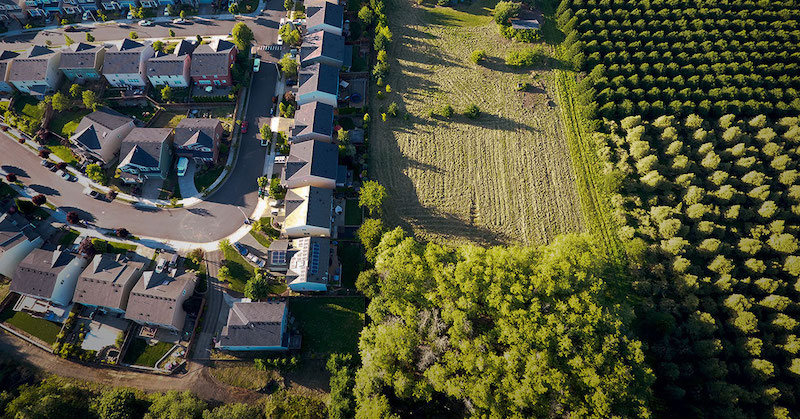 Conservation of Working Lands
Conservation of Working Lands